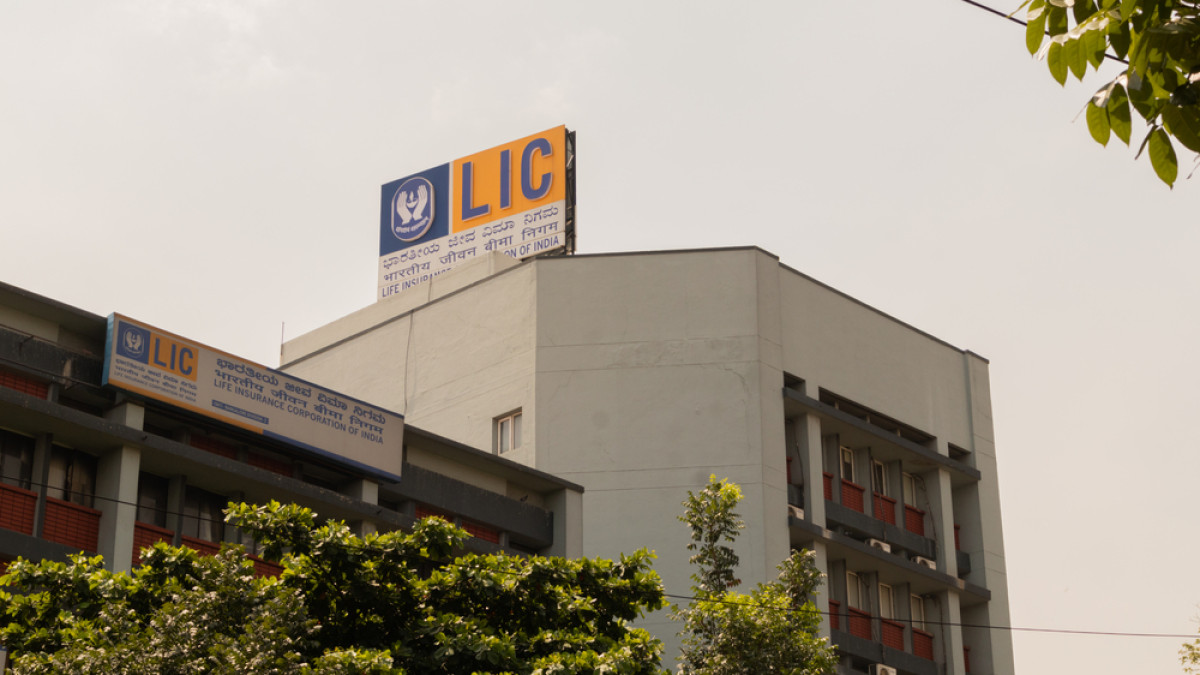NEW DELHI: Amendments to the surplus/profit distribution rules for IPO-bound LIC, which has already improved its margins by 700 bps to 9.9 per cent and will further rise to 20 per cent when the national insurer shifts its business mix to non-participating policies, can give nightmares to private players who have been thriving on this segment for too long, says a report.
According to an analysis of its initial public offer (IPO) filings by Swiss brokerage Credit Suisse, SBI Life, ICICI Prudential, HDFC Life and Max Life will face the maximum impact of the LIC move.
The report notes that LIC’s margin has already gone by up 700 bps to 9.9 percent after government amended LIC’s surplus/profit distribution rules which allows it to make a 10 per cent shift in the business mix from participating policies to non-participating policies, which is only 4 per cent now, which can take its margins to 20 per cent.
This is based on the assumption a full transition to new surplus distribution from 100 per cent for non-participating policies now and 10 per cent for participating policies.
A participating (par) insurance policy provides both guaranteed and non-guaranteed benefits to policyholders in the form of bonus or dividend payouts, while a non-participating (non-par) policy typically provides guaranteed benefits to policyholders, but they do not receive profit or dividend payments.
Currently, LIC just has 4 per cent of its new business premium coming in from non-participating policies, while the same is for its the top five private sector peers range from 20 to 45 per cent.
LIC has 43 per cent market share in individual business.
Its filings highlight how its profitability has unshackled after demutualisation, wherein its embedded value (EV) rose 5x to Rs 5.4 lakh crore, taking its shareholder interest in the surplus to Rs 14.6 lakh crore from non-participating funds, which is 37 percent of its AUM.
Embedded value (EV) is a common valuation measure used by life insurance companies outside of North America to estimate the consolidated value of shareholders’ interest in the company.
Incoming competition in non-par is a big risk to private players that derive a large share of profitability, which varies from 50 to 75 per cent from non-par, and have a disproportionately high share owing to LIC’s legacy constraints, says the report.
The report goes on to add that LIC’s non-par margins are superior to its own par business as well as private non-par margins.
Even after 21 years of liberalisation, LIC still has 66 per cent market share of the industry’s new business premiums owing to its strong agency network of 1.3 million (7x of its private players), it noted.
LIC’s AUM remains largest at 16x of the next player.
Within industry, new business premium or NBP and group business makes up 60 per cent and LIC dominates it with nearly 78 per cent market share.
In the individual business, LIC’s market share by volumes remain broadly stable at 75 per cent, led by the domination in par segment.
However, in terms of NBP, LIC has been losing market share due to a poor presence in the high-ticket ULIPs and non-par category which offer pure protection, deferred annuities, etc where private players continue to dominate.
Source: Press Trust of India



